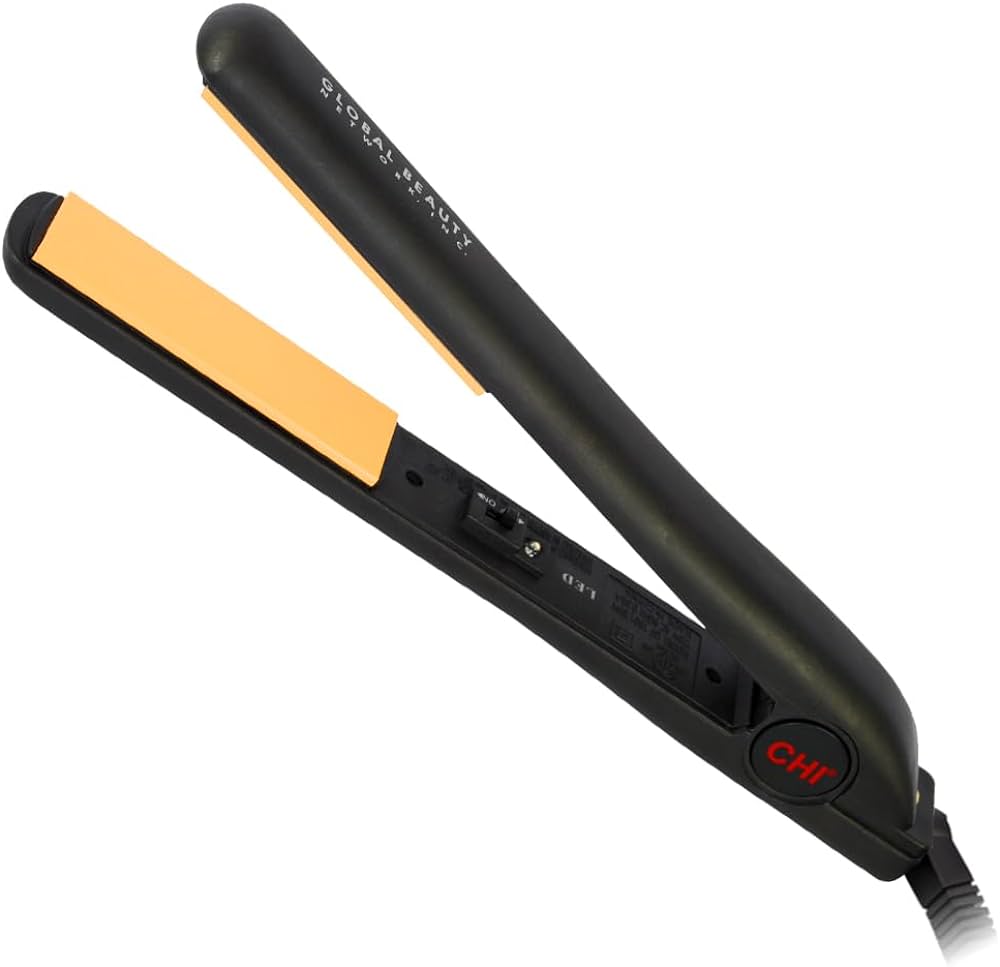Introduction:
Experiencing static hair when brushing can be frustrating and puzzling. Understanding the causes and effective solutions can help you manage and prevent this common issue. This comprehensive guide explores what causes static hair, the science behind it, and practical ways to reduce and prevent static electricity in your hair.
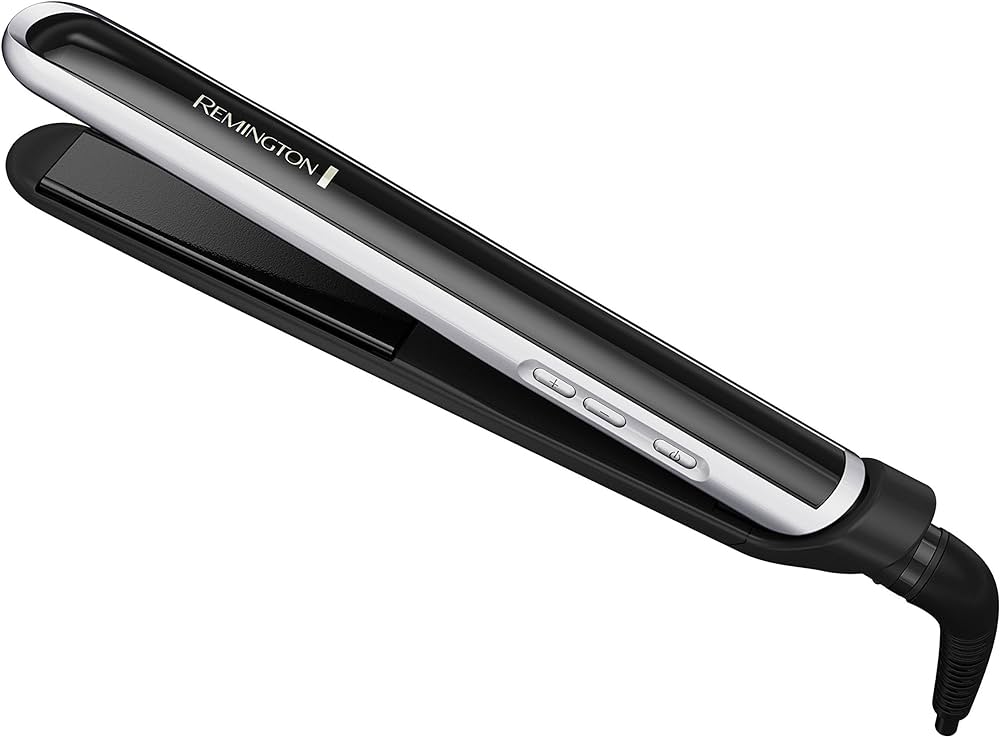
Why Is My Hair Staticky When I Brush It?
Understanding Static Electricity in Hair
Static electricity in hair results from an imbalance of electric charges. This imbalance can cause hair strands to repel each other, leading to noticeable static. Understanding this phenomenon is crucial for addressing and preventing it.
The Science Behind Static: Static electricity occurs when electrons are transferred from one object to another. When you brush your hair, electrons can transfer from the hair to the brush or vice versa. This transfer creates an imbalance, leading to the accumulation of positive or negative charges. Since like charges repel, the hairs stand apart from each other, resulting in the characteristic “staticky” look.
Environmental Factors: Dry air, especially in winter, can exacerbate static electricity. Lower humidity levels mean there’s less moisture in the air, which makes it easier for static to build up. Indoor heating further dries out the air, increasing the likelihood of static interference.
Personal Habits: Certain personal habits, such as over-brushing, using the wrong type of brush, or washing hair too frequently, can contribute to static buildup. Understanding the role of these habits can help mitigate the problem.
Common Causes of Static Hair
Various factors can lead to static hair, ranging from environmental conditions to specific hair care practices. Identifying these causes helps in finding effective solutions.
Dry and Cold Weather: Cold and dry weather conditions are among the most common causes of static hair. In these conditions, the air lacks humidity, making it easier for electrons to move between the hair strands and other surfaces, creating static electricity.
Material of Brushes and Combs: The material of your hairbrush or comb can significantly impact static buildup. Plastic brushes, in particular, tend to generate more static compared to those made of materials like wood or boar bristle, which are less likely to cause static.
Hair Texture and Condition: Hair that is dry or damaged is more susceptible to static electricity. Damaged hair has rougher cuticles, making it easier for electrons to transfer. Similarly, dry hair lacks moisture, which is essential for dissipating static charges.
Friction from Clothing: Certain fabrics, such as wool and synthetic fibers, can contribute to static buildup when they come into contact with hair. The friction generated between these materials and your hair can transfer electrons, causing static.
Hair Care Products: Some hair care products, particularly those with high alcohol content, can dry out your hair and exacerbate static. Knowing the ingredients in your hair products helps in choosing ones that prevent static rather than cause it.
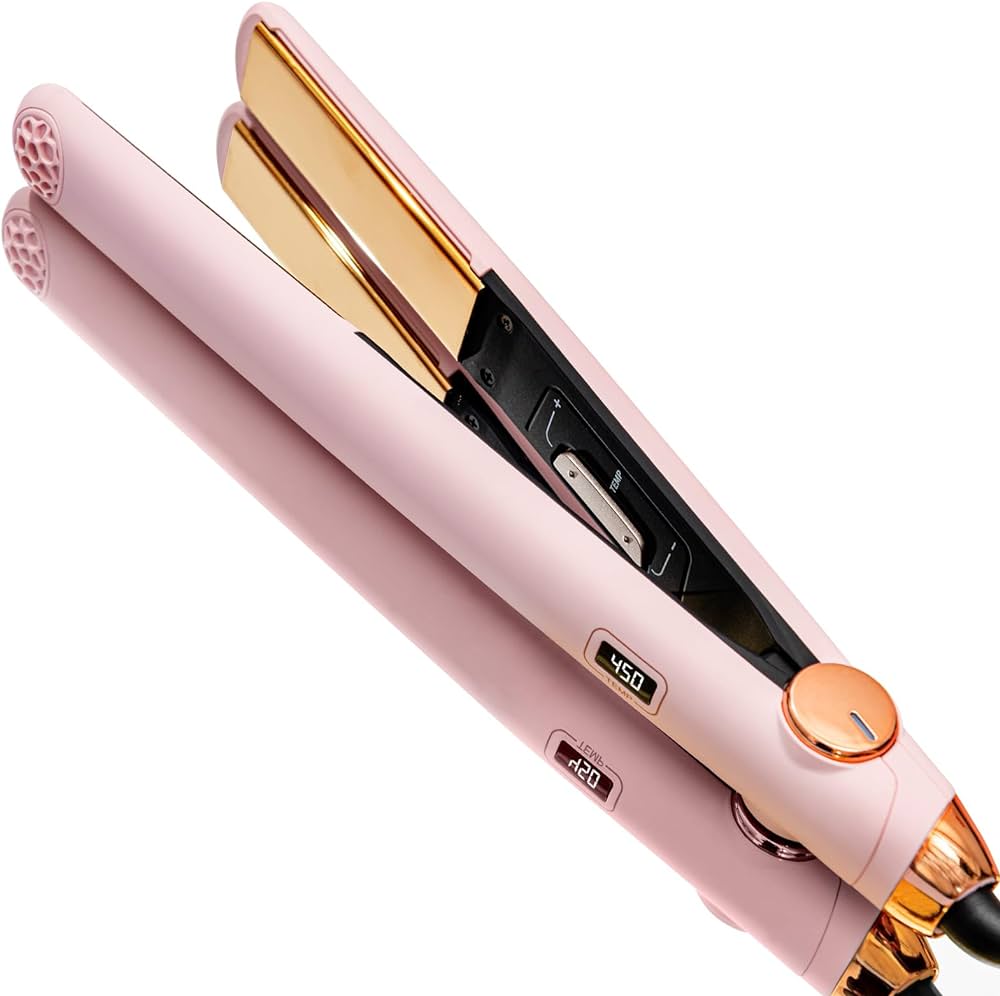
Preventive Measures to Reduce Static Hair
Effective prevention involves addressing the root causes of static and making changes to your hair care routine and environment.
Hydrate Your Hair: Moisturizing your hair is crucial in preventing static. Regularly using conditioners and leave-in treatments can help keep your hair hydrated, reducing the likelihood of static buildup. Deep conditioning treatments once a week provide an extra moisture boost.
Use Anti-Static Hair Products: Opt for hair products specifically designed to combat static. Look for anti-static sprays, serums, or leave-in conditioners that contain ingredients like silicone, which helps to smooth the hair cuticle and reduce static.
Switch to Wooden or Boar Bristle Brushes: Switching from plastic brushes to ones made of wood or boar bristle can significantly reduce static. These materials are gentler on the hair and don’t conduct electricity as easily as plastic.
Minimize Heat Styling: Excessive heat styling can dry out your hair and make it more prone to static. Try to minimize the use of hairdryers, curling irons, and straighteners. When you do use these tools, apply a heat protectant spray to minimize damage.
Increase Humidity Levels: Increasing the humidity levels in your home can help reduce static electricity. Using a humidifier, especially during the dry winter months, adds moisture to the air, reducing static buildup in your hair and environment.
Avoid Over-Washing: Washing your hair too frequently can strip it of its natural oils, leading to dryness and static. Aim to wash your hair every 2-3 days, depending on your hair type, to maintain its natural moisture balance.
Choosing the Right Hair Care Products
The right hair care products can make a significant difference in managing and preventing static electricity.
Moisturizing Shampoos and Conditioners: Choose shampoos and conditioners that are rich in moisturizing ingredients like glycerin, shea butter, or argan oil. These ingredients help maintain the hair’s moisture balance, counteracting the effects of dry air.
Leave-In Conditioners: Leave-in conditioners provide continuous hydration throughout the day. They are especially beneficial in dry or cold weather when static is more likely to occur. Apply a small amount evenly through damp hair before styling.
Anti-Static Sprays: Anti-static sprays are formulated specifically to combat static electricity. These sprays create a barrier on the hair surface, preventing electron transfer. Use them sparingly, as over-application can make the hair greasy.
Smoothing Serums: Smoothing serums are excellent for taming frizz and reducing static. Look for serums that contain silicone or dimethicone, which smoothens the hair cuticles and adds shine without weighing the hair down.
Heat Protectant Sprays: If you frequently use heat styling tools, a heat protectant spray is essential. These sprays protect against damage caused by high temperatures, maintaining the hair’s integrity and reducing static.
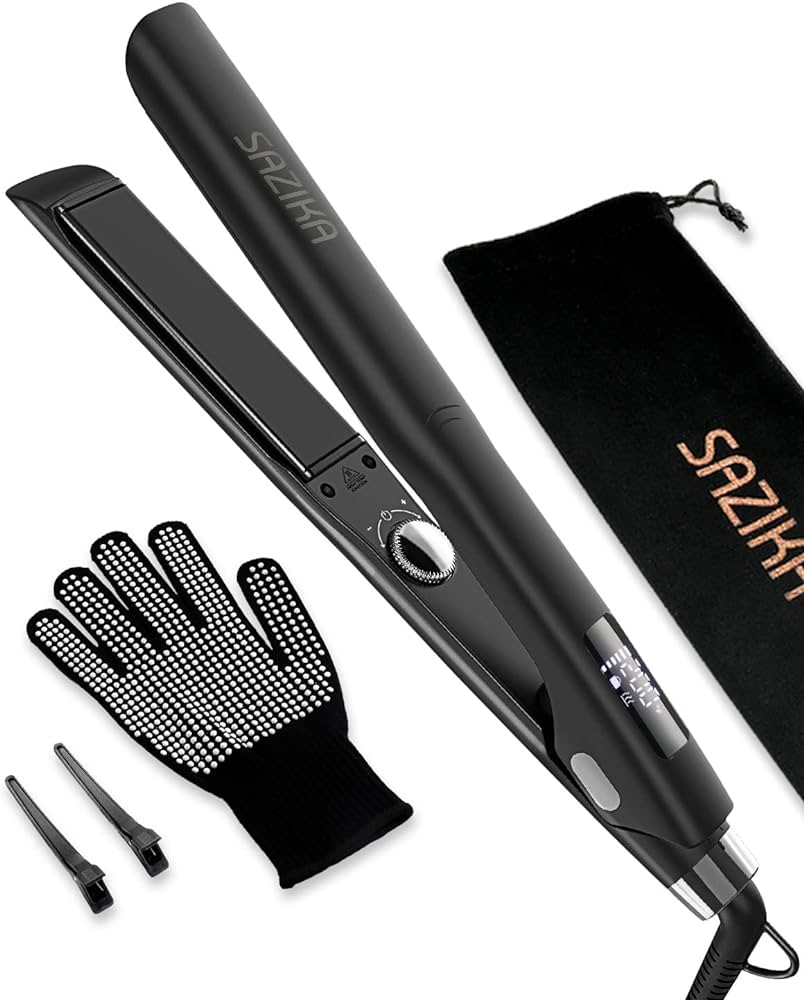
DIY Solutions for Reducing Static Hair
If you prefer natural or home remedies, several DIY solutions can help reduce static in your hair.
Coconut Oil: Coconut oil is a natural moisturizer that can help reduce dryness and static. Apply a small amount of coconut oil to your hands and run them through your hair to add moisture and smoothen the strands.
Apple Cider Vinegar Rinse: Apple cider vinegar helps balance the pH of your hair and removes product buildup that can contribute to static. Mix one part apple cider vinegar with two parts water, apply it to your hair after shampooing, leave it for a few minutes, and then rinse thoroughly.
Honey and Olive Oil Mask: A deep conditioning mask made from honey and olive oil can provide much-needed moisture to your hair. Mix equal parts honey and olive oil, apply the mixture to your hair, cover with a shower cap, and leave it on for at least 30 minutes before rinsing and shampooing.
Aloe Vera Gel: Aloe vera gel is a natural moisturizer and can be used as a leave-in treatment. Apply a small amount to your hair after washing and conditioning to reduce static and add shine.
Baking Soda: Baking soda can help neutralize static electricity. Add a teaspoon of baking soda to your regular shampoo and wash your hair as usual. This can help reduce static and keep your scalp healthy.
Addressing Environmental Factors
Controlling environmental factors that contribute to static can significantly reduce the occurrence of staticky hair.
Humidifiers: Using a humidifier in your home, especially in your bedroom, adds moisture to the air, reducing static electricity. Set it to a comfortable level to maintain adequate humidity throughout the day and night.
Proper Ventilation: Ensure your living space is well-ventilated to avoid the buildup of dry air. Proper ventilation helps maintain healthy humidity levels, which prevent static electricity.
Avoid Synthetic Fabrics: Wearing clothing made from natural fibers like cotton, linen, or silk can help reduce static. Synthetic fabrics, such as polyester and nylon, are more likely to contribute to static buildup.
Ground Yourself: Walking barefoot on natural surfaces like grass or using anti-static wrist straps can help ground your body and reduce static buildup. This practice is particularly useful in very dry environments.
Anti-Static Sprays for Clothing: Using anti-static sprays on your clothes can prevent static from transferring to your hair. Apply the spray to your garments before dressing to keep static at bay.
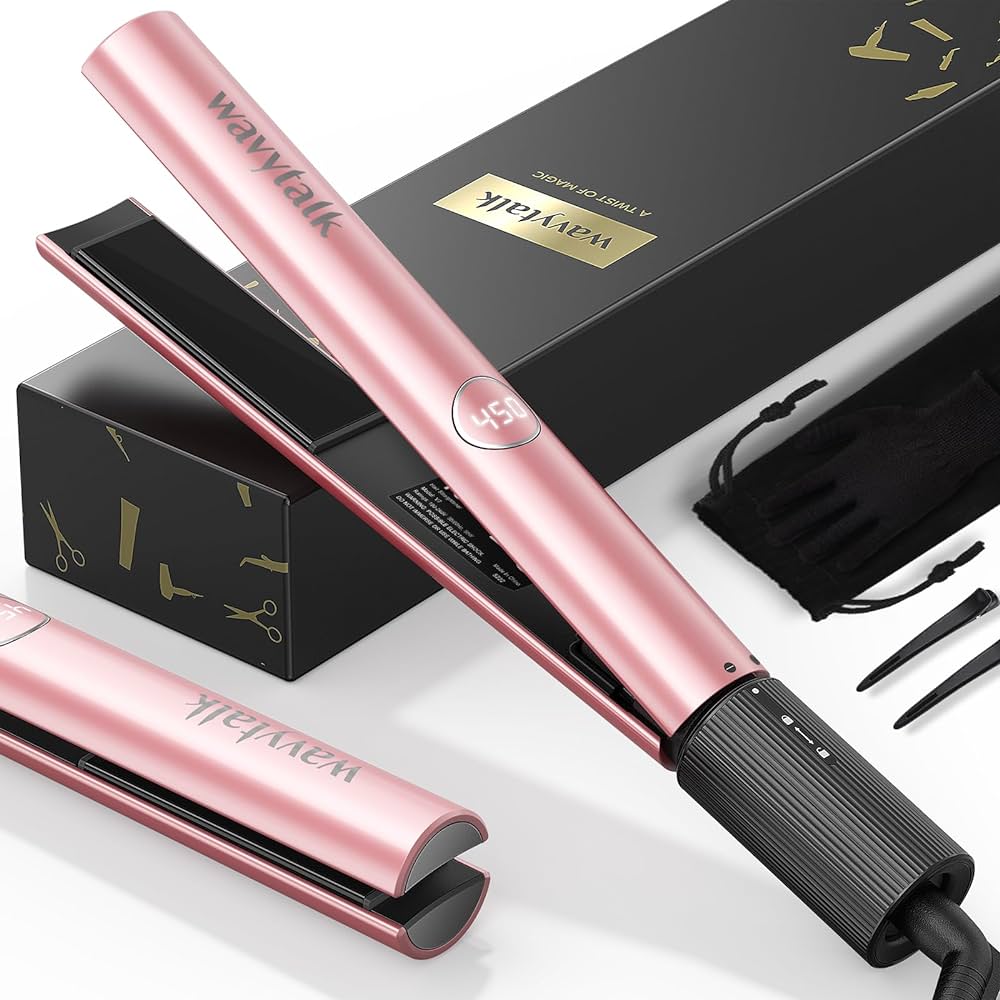
Exploring Professional Treatments
Salon treatments and professional advice can offer more permanent solutions to static hair issues.
Keratin Treatments: Keratin treatments help smoothen and strengthen hair, reducing frizz and static. These professional treatments infuse keratin protein into the hair, providing long-lasting results that leave hair sleek and manageable.
Deep Conditioning Treatments: Professional deep conditioning treatments provide intense hydration and repair, addressing dryness and damage that contribute to static. Regular treatments at a salon can significantly improve the hair’s texture and reduce static electricity.
Consultation with a Hair Stylist: Consulting with a professional hair stylist can provide personalized advice and recommendations for managing static hair. Stylists can assess your hair type and condition, offering tailored solutions and product recommendations.
Regular Trims: Regular hair trims can help maintain the health of your hair by eliminating split ends and damaged hair, which contribute to static. Healthy hair is less prone to static accumulation.
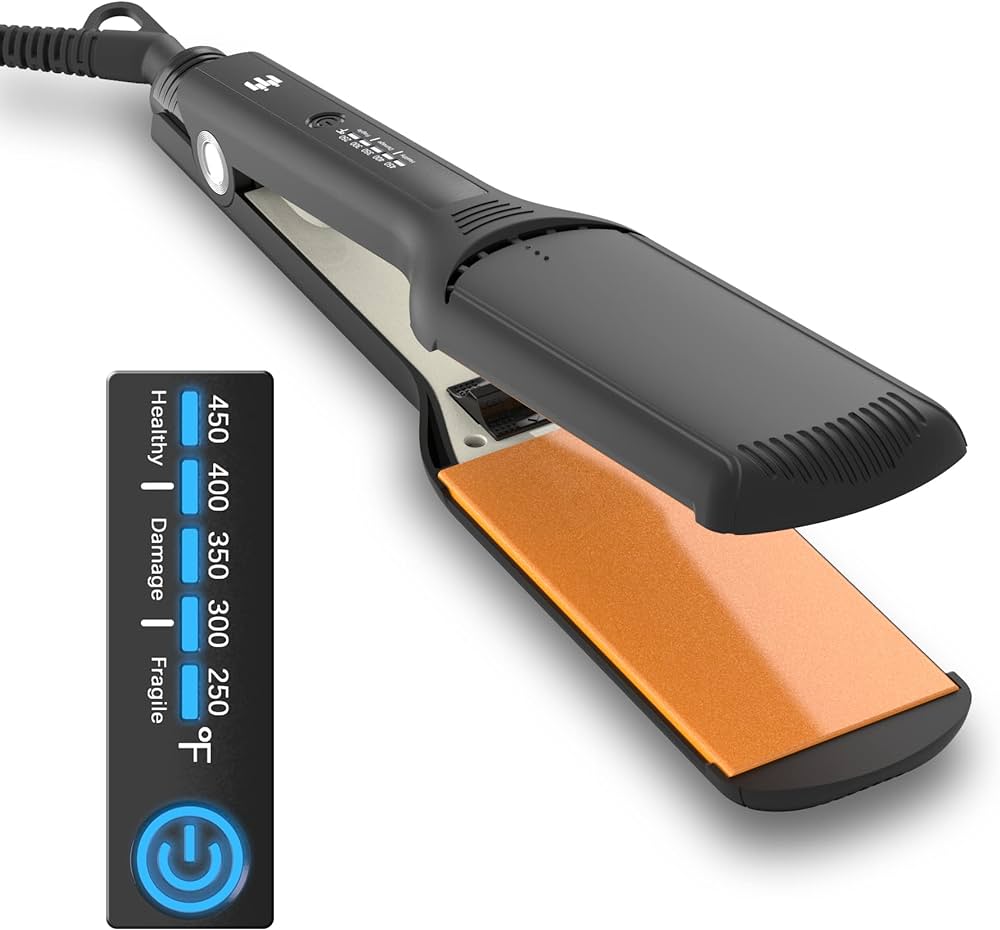
Treating Dry and Damaged Hair
Addressing the underlying issues of dry and damaged hair can significantly reduce static electricity.
Moisture-Rich Diet: A diet rich in vitamins and minerals that promote hair health can help keep your hair hydrated and reduce static. Foods high in omega-3 fatty acids, biotin, vitamin E, and zinc support healthy hair growth and moisture balance.
Avoiding Harsh Chemicals: Limit the use of harsh chemicals like bleach and permanent dyes, which can strip hair of its natural oils and lead to dryness and static. Opt for gentler, ammonia-free products if coloring is necessary.
Cold Water Rinse: Rinsing your hair with cold water after washing helps seal the hair cuticles, locking in moisture and reducing frizz and static. It also adds shine to the hair.
Protective Hairstyles: Using protective hairstyles, such as braids or buns, can minimize hair exposure to environmental factors that cause dryness and static. These styles help maintain the integrity of the hair, reducing the chances of static buildup.
Hydrating Hair Masks: Regular use of hydrating hair masks can provide deep moisture and nourishment to dry hair. Look for masks with ingredients like argan oil, shea butter, and avocado oil, which penetrate the hair shaft and address dryness from within.
Conclusion
Static hair when brushing is a common yet manageable issue. By understanding the causes, from environmental factors to personal habits and the science behind static electricity in hair, you can effectively address and prevent it. Employing moisturizers, the right hair care products, and considering professional treatments are practical ways to maintain smooth and static-free hair. By following the comprehensive tips and solutions in this guide, you can enjoy manageable, healthy hair all year round.
